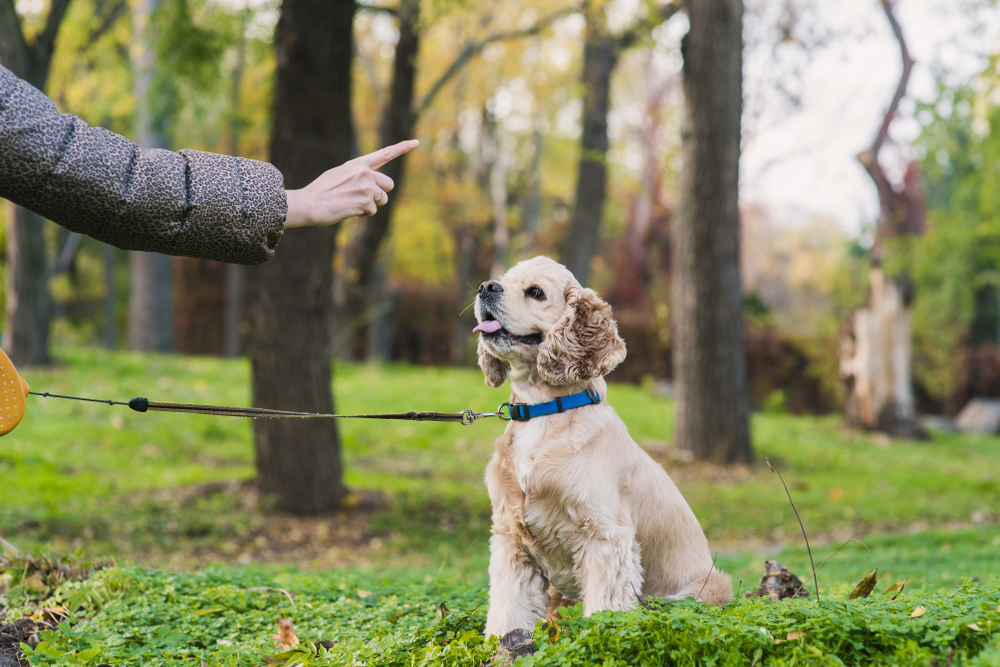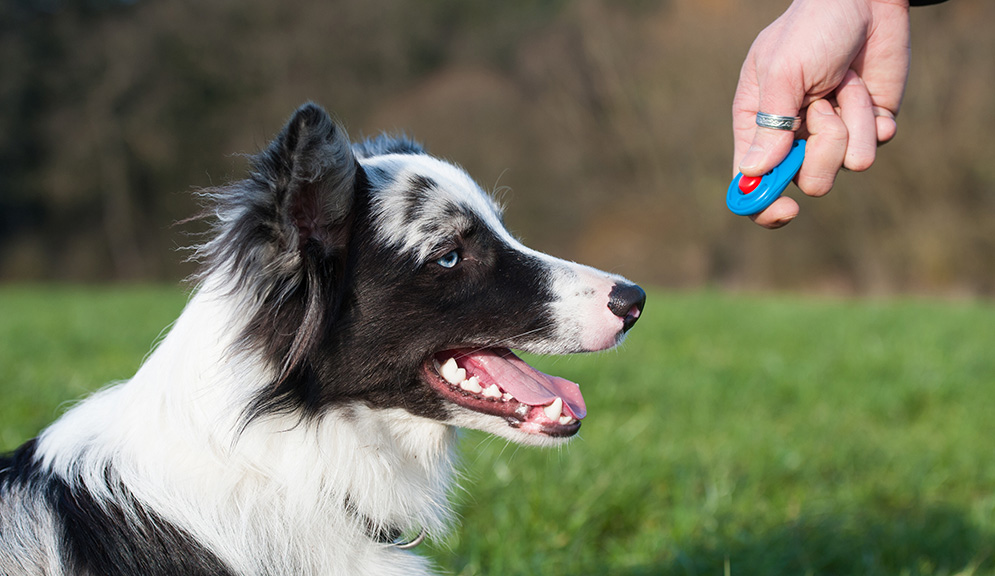How Professional Dog Training Can Enhance Your Dog’s Skills and Behavior
Leading Dog Educating Techniques Every Owner Need To Know

Favorable Reinforcement Techniques
Utilizing favorable reinforcement strategies is vital for effective canine training, as it fosters a relying on bond between the instructor and the dog. This technique concentrates on gratifying desirable actions as opposed to penalizing undesirable ones, developing a setting conducive to learning. Incentives can include treats, praise, or play, which inspire pets to duplicate the habits that gain them these rewards.
In addition, this technique improves the pet's enthusiasm for training sessions. They are much more engaged and responsive when canines connect training with positive experiences. Dog training. Beyond prompt actions modification, positive reinforcement encourages a collective relationship in between the canine and fitness instructor, lowering stress and anxiety and fear
To maximize efficiency, it is crucial to supply benefits promptly, making sure the dog attaches the actions with the support. In significance, favorable reinforcement strategies not just generate better-trained pets but likewise advertise a harmonious partnership between pet and owner.
Remote Control Training Approach
The clicker training technique is a very efficient strategy that builds on the principles of positive support by adding an unique noise to mark preferred habits. This method uses a little portable gadget that creates a clicking sound, enabling trainers to connect with their canines in a clear and instant way. When a pet does a habits that the proprietor wishes to urge, the remote control is triggered, followed by an incentive, typically in the kind of deals with or praise.
The key to successful remote control training hinges on consistency and timing. It is critical to click at the exact minute the wanted habits happens, ensuring that the pet dog connects the sound with the activity and the subsequent incentive. This technique not only enhances interaction however additionally fosters a stronger bond in between the pet dog and the owner, as it urges engagement and communication throughout training sessions.
Clicker training can be put on a selection of behaviors and commands, from fundamental obedience to extra intricate techniques. Its adaptability and performance make it a preferred technique amongst expert trainers and animal proprietors alike, paving the method for a receptive and trained canine buddy.
Chain Training Essentials
Efficient leash training is vital for guaranteeing a satisfying and safe walking experience for both pets and their owners. A flat collar may work for some dogs, while others may benefit from a harness that minimizes pulling.
Present your dog to the leash gradually, permitting them to discover it in a comfy setting. This includes rewarding your canine for walking close to you rather than pulling ahead.
If your canine starts to pull, stop strolling quickly. Wait till they go back to your side prior to resuming. This educates them that pulling does not cause progress. Furthermore, method numerous walking atmospheres to aid your dog adjust to diversions.
Regular practice will certainly strengthen your canine's understanding of leash etiquette. Keep in mind that leash training is a recurring process; perseverance and uniformity will generate the most effective outcomes, fostering a favorable experience for both you and your canine buddy.
Socializing Methods
Socialization is a crucial aspect of dog training that should ideally begin during puppyhood yet can be valuable at any age. Efficient socialization helps pet dogs develop self-confidence and minimizes the chance of behavioral problems. To execute successful socialization approaches, expose your pet to a selection of settings, people, and various other see this here pets.
Beginning with controlled settings, such as puppy classes or arranged playgroups, where young canines can interact securely. Gradually introduce your dog to brand-new experiences, including different sounds, surface areas, and activities. Make sure these encounters are positive and see post satisfying to establish a sense of safety and security.
For adult canines or those lacking exposure, begin with low-stress situations. Short, favorable interactions with calm pets and pleasant human beings can create favorable organizations. Utilize deals with and appreciation to reinforce desirable behaviors during these experiences.

Consistency and Perseverance
Recognizing the significance of uniformity and persistence in pet dog training is crucial for achieving long lasting results. Training a pet dog is a steady procedure that requires an organized method and unwavering commitment from the proprietor. Each command or behavior must be enhanced regularly to aid the canine comprehend what is anticipated of them. Irregular training can result in confusion, making it hard for the canine to comprehend actions or commands, inevitably hindering progress.
Additionally, patience is an essential element of reliable training. Dogs, like humans, learn at their very own rate. Some may realize ideas promptly, while others may take longer. It is important for owners to remain tranquil and helpful, strengthening positive habits without resorting to irritation or punishment. This promotes a trusting relationship between the canine and owner, motivating a much more ready and enthusiastic learner.
To cultivate consistency and persistence, establish a regular training routine, utilize the same commands, and make certain that all family participants apply the very same training principles - Dog training. By doing so, you create a stable environment conducive to discovering, allowing your dog to grow and develop right into a well-behaved companion
Verdict
In final thought, efficient canine training techniques, such as positive reinforcement, clicker training, and correct leash training, are important for fostering a healthy and balanced owner-dog relationship. Furthermore, executing socializing techniques and maintaining consistency and patience throughout the training process adds significantly to a canine's total health. By incorporating these methods, canine owners can assist in the growth of well-adjusted, obedient pet dogs, inevitably enhancing the lifestyle for both the proprietor and the pet dog.
Amongst the most popular techniques are favorable support, remote control training, and chain training, each offering special advantages that contribute to a well-behaved pet dog. As we explore these essential approaches, it becomes apparent that mastering their nuances can substantially affect the training experience and the dog's total actions.Utilizing positive reinforcement methods is essential for reliable pet dog training, as it cultivates a trusting bond in between the pet dog and the instructor.In final thought, efficient dog training techniques, such as favorable reinforcement, Find Out More remote control training, and correct chain training, are vital for cultivating a healthy owner-dog relationship. By integrating these approaches, pet proprietors can assist in the advancement of well-adjusted, loyal family pets, eventually enhancing the top quality of life for both the owner and the dog.